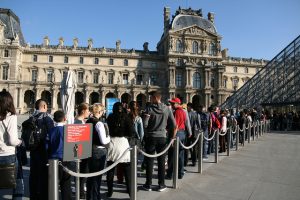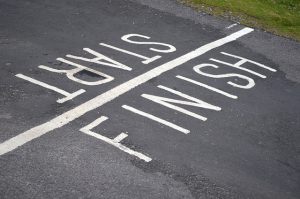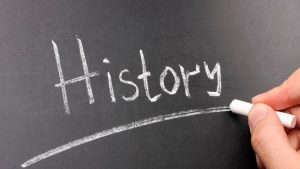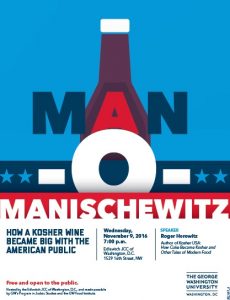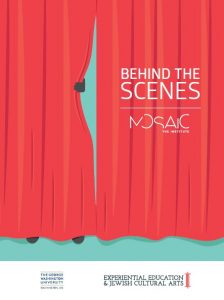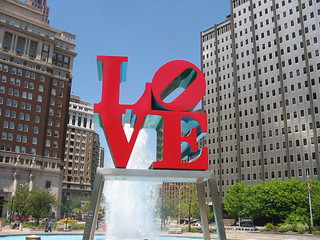In a recent New York Times column about the Trump administration’s rending of the social fabric, David Brooks referred to a discussion among the founding fathers about what kind of seal the newly formed United States had in mind to present to the world.

Then, as now, a nation’s seal was a big deal. Steven Fine relates in his richly textured new book, The Menorah, that much was at stake when it came time for the brand new State of Israel to come up with an appropriate image, a process documented at length in Israeli archives.
Some citizens wanted to see a representation of the ancient, seven-branched candelabrum displayed on the Arch of Titus; others preferred something far less fraught with the history of defeat and persecution. Ultimately, a contemporized version of a menorah, but a menorah all the same, won out, but not before tempers flared, prompting one concerned citizen to pronounce the proposed seal an “aesthetic horror.”
Diverse opinions likewise attended the creation of the Great Seal of the United States. Both Ben Franklin and Thomas Jefferson championed the notion of putting Moses at its very center. After all, who better epitomized the United States of America than the biblical figure who had successfully led a ragtag band of people to freedom and into the Promised Land? Moses’s appeal to these two founding fathers also rested, Brooks writes, on how he “bound his people to law.”
In the end, though, Franklin and Jefferson’s proposition did not carry the day. Moses was supplanted by the American eagle, which come to think of it, makes a lot of sense. The eagle soars while people remain earthbound.


